Industrial training continues to evolve quickly and one innovation stands out for its immersive and impactful approach: Virtual Reality.
Well known for simulating complex real-life scenarios in a safe, controlled environment, VR has quickly become one of the cornerstones in Health, Safety & Environment (HSE) and Good Manufacturing Practice (GMP) training programs – Twin Reality a virtual reality company being at the forefront of this technological revolution revolutionizing how industries train their workforces.
VR’s Role in Industrial Training
Virtual reality has transformed traditional learning methods. By creating realistic virtual environments, it enables trainees to interact and experience lifelike scenarios – increasing retention of critical safety procedures while being both cost-efficient and scalable, making VR an indispensable asset across various industries.
Case Studies of Virtual Reality
One exceptional use for VR in industry is in Human and Safety Education training (HSE training). Here, VR simulates hazardous scenarios to enable employees to practice emergency responses and safety protocols without risk.
This method has proven highly successful at embedding safety behaviors while honing decision-making abilities under pressure – for instance Verizon employees learned how to respond efficiently during high risk robberies using VR training, greatly increasing both their preparedness and safety skills.
VR has revolutionized GMP training by offering immersive environments like cleanrooms. This approach is especially advantageous in sectors that can be difficult to train such as pharmaceuticals and biotechnology, where traditional training may prove challenging for learners.
VR provides learners a safe space in which they can understand complex procedures while practicing them – thus shortening learning curves while assuring compliance with stringent GMP standards.
Innovative Training Formats
VR’s versatility lends itself to various training formats that meet varying industrial needs. Construction uses VR to train workers on site safety and hazard identification – essential skills in avoiding accidents – while manufacturing and engineering use it to train on equipment operation and maintenance, giving workers the skills needed to cope with real world challenges more successfully.
Twin Reality provides insight into these applications through resources such as VR training for manufacturing/engineering industries as well as training specifically addressing construction.
Benefits of VR Training
Virtual reality training has many benefits in HSE and GMP education.
First off, VR offers an engaging learning experience which improves knowledge retention and skill acquisition. Second of all, its adaptable nature enables it to meet industry specific requirements more readily – this adaptability being essential given today’s rapidly-evolving industrial landscape.
Finally, its virtual nature also reduces physical resource requirements for training while decreasing accidents during learning sessions compared to more conventional forms.
Navigating VR for Industrial Training
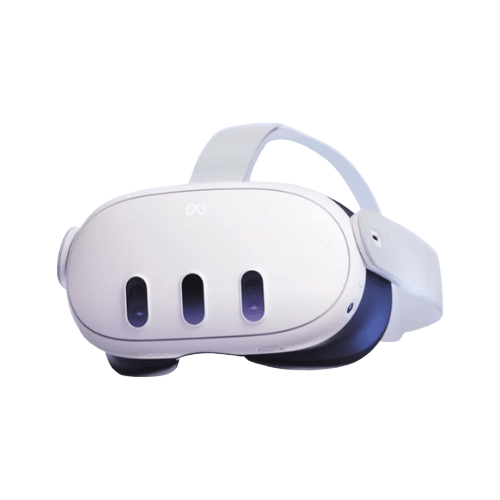

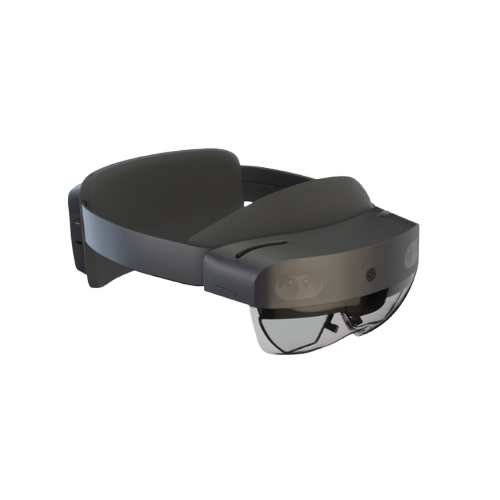
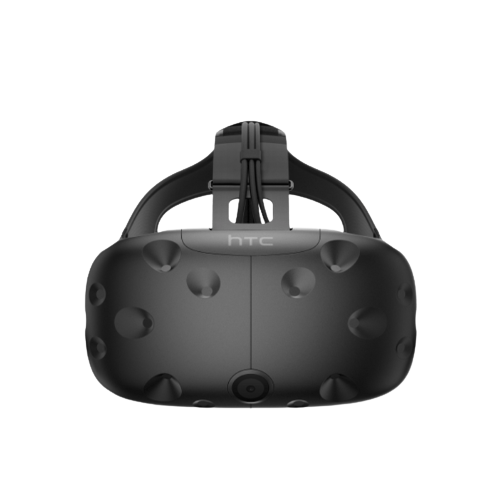
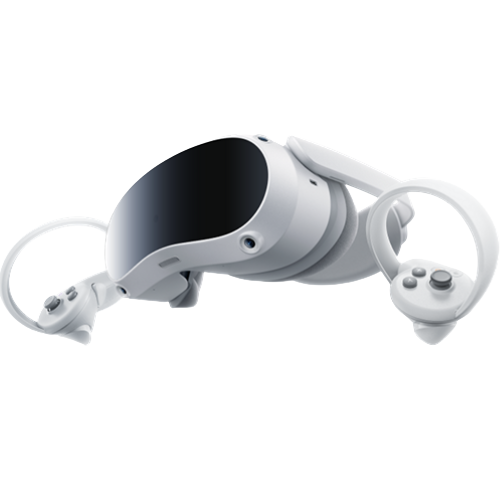
Although VR provides numerous benefits in HSE and GMP training, its implementation can present several difficulties.
One primary barrier lies with initial investment requirements for VR equipment and software development; convincing senior management of this expensive training method requires developing an argument outlining long-term savings, improved effectiveness as well as logistic challenges associated with large scale equipment procurement/distribution/installation projects.
Another obstacle related to VR training lies with physical space requirements: providing trainees with safe, adequate area in which to move around freely without risk of injury is of vital importance.
Additionally, workforce technical know-how plays a part: some employees might find VR intimidating at first; Twin Reality’s VR operator training simulators and resources on safety at work help businesses smoothly incorporate it into their training programs and ensure employee use.
Future of Virtual Reality in Industrial Training
VR has an incredible future ahead. As this technology becomes more user-friendly and accessible to more industries – aviation, automotive and mining among them – VR will play an increasingly integral part in training complex and high-risk tasks for complex tasks requiring complex simulation.
Resources such as VR in Aviation Industry; Automotive Sector VR App and Mining Industry VR Applications provide insight into these sectors’ usages of Virtual Reality for improved training outcomes.
VR Training’s Expanding Applications
Virtual reality training applications extend far beyond industrial settings. VR is making significant strides into medical training, cognitive training for elders and marketing – among others.
By simulating complex medical procedures in an almost risk-free environment, it helps healthcare providers hone their skills without risk.
VR’s use in cognitive training helping elders is another innovative solution to combat old-age impairment issues; moreover its immersive experience has proven transformative for marketing strategies as outlined in VR in marketing.
VR’s Impact on Product Design and Defense
An exciting development is VR’s use in product design and defense training. VR allows designers to see, interact with and visualize their creations in virtual reality environments more easily and creatively; read up more in Virtual Reality for Product Design or Virtual Reality for Defense for insights into these applications of this medium.
In defense, virtual reality creates realistic training scenarios in controlled settings which prepare personnel for complex situations more safely; here you can read up more in Virtual Reality for Defense!
Conclusion: An Emergence of Industrial Training
VR is heralding the dawn of a new era for industrial training. As technology continues to advance, its applications in training will grow increasingly immersive, efficient and safe – becoming integral components of training processes across many sectors.
Twin Reality stands at the forefront of this transformation with their expertise and innovative solutions that ensure VR remains part of training plans across different sectors – leading towards safer workforce training practices overall.
Twin Reality’s innovative solutions represent this future where VR plays an essential part of workforce education & development – offering training experiences never experienced before in all of their various training solutions across industries! Embark now before time goes!
FAQ
You can access our HSE and GMP-based VR training solutions by connecting with us here.
Yes, it is feasible to assess trainees’ performance remotely through our VR training platform.
Like most of the costing answer for custom solution it is “It depends”. As a general estimate, prices can range from $4,000 to $9,000, depending on specific requirements.
Trainees can utilize the HSE and GMP-based VR simulation for as long as necessary, ensuring ample time for comprehensive skill development.
Absolutely. In fact, one of the key advantages of using VR is its ability to emulate real-life scenarios closely, significantly reducing the costs associated with physical infrastructure.
To illustrate the cost-effectiveness of the HSE and GMP-based VR simulations, consider a comparison with traditional training methods. Traditional training can cost between $400 to $1,000 per trainee, which varies based on the training duration and participant numbers. In contrast, VR simulations, like a forklift simulator, might only cost about $50 per trainee. This means VR simulations can offer up to a 90% reduction in training costs.
